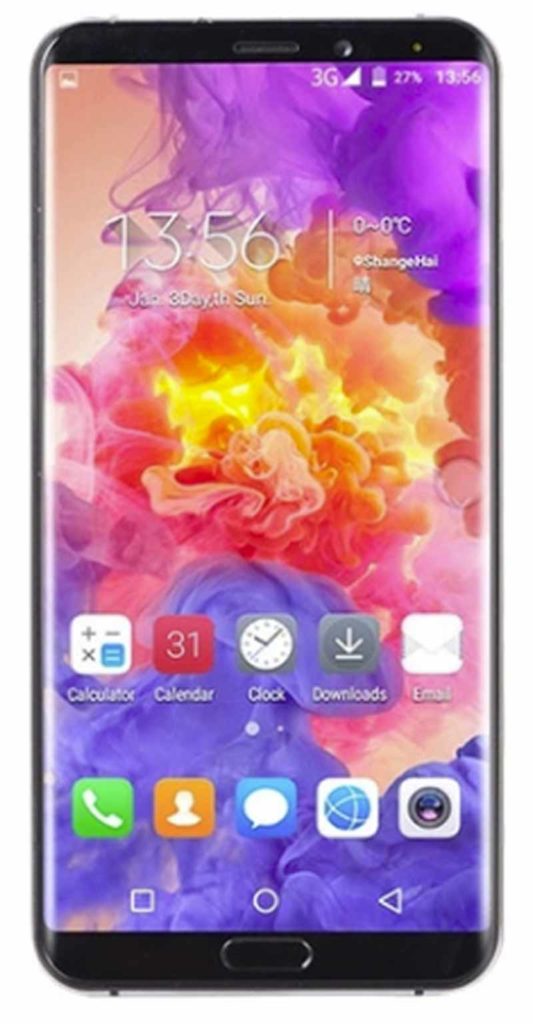Wish website connects world’s buyers with the vast Chinese marketplace
By JIM BROOKS
Nelson County Gazette / WBRT Radio
Monday, April 1, 2019 — Many of you have probably either used or seen a smartphone app called “Wish.” The app is basically a link to the Wish.com website.

Wish is a marketplace for vendors offering inexpensive goods mostly manufactured in China or other Asian countries. While the prices are extraordinarily cheap, always remember the adage that “you get what you pay for.” With Wish.com, its doubly true.
As a marketplace, Wish connects buyers from around the world with Chinese sellers. If you’ve browsed Wish, the first thing you will notice are the low, low prices of the items shown for sale on Wish. The second thing you will notice if you buy something is — generally — the low, low quality of the items that are sold.
There’s no shortage to gadgets for sale on Wish, which — frankly — was one reason that I began using the site. Keychains, watches, personal electronics, headphones, the list goes on.

I need to stress that Wish is just the marketplace; they do not sell anything, they just provide the storefront interface that connects buyers and sellers. As such, as a buyer, you are at the mercy of the seller and his or her interest in making sure you are a happy customer — and that’s where things can get interesting.
Due to the low price on many of the items on Wish, its seldom worth pursuing a refund on items you aren’t happy with. With the seller halfway around the world, don’t count on getting Amazon-level service. Just sayin’.
BOGUS BRANDS. Be careful if you purchase memory cards or hard drives listed on Wish. Some Wish sellers list high-capacity memory cards with capacities that don’t exist. Some sellers send out bogus high-capacity memory cards or cards have lesser capacity than advertised. This is a well-known scam, read more about it by Googling “Wish memory cards.”
Wish is also a hotspot for counterfeit electroncis, particularly tablets and cellphones.
I was in the market for a Huawei cellphone, and ran across what was listed as a P20 Pro model — a Huawei model with deluxe features, including a 6.1-inch tall display, three cameras and much more running the Android 8.1 operating system. The price was less than a quarter of the retail price of the phone on Amazon. Knowing the risk, I decided to give the phone a try.

Slight differences in the screens betray that this phone is the fake Huawei P20 Pro.
About six weeks later the phone arrived, and it was immediately clear this phone was a counterfeit Huawei model, despite several labels proclaiming “P20 PRO.”
The actual P20 Pro features three cameras; the knock-off has what looks like three camera lenses. But on closer inspection, two of the lenses are dummies — only one actually works.
The real Huawei phone has a fingerprint reader; the fake has what looks like a reader but does not work.
The knock-off allegedly uses the Android 8.0 operating system; however I found that settings on the knock-off phone’s Android operating system did not match those of the Huawei.
In operation, the knock-off phone seemed to work fairly well. The texting keyboard had problems because the touch locations did not match well with the letters displayed on the screen, which led to a lot of typos every time I sent a text.
The phone was allegedly equipped with 64 GB of memory, which should allow installation of a lot of apps — but not in the case of the knock-off phone. With more than 50 GB of memory still shown as “free,” my phone began telling me there was no more room to install more apps.
During several weeks of use, the phone began to exhibit some odd tendencies. For example, the phone would install apps on its own, despite my efforts to change settings to prevent it from doing so. One of these self-installed apps would launch itself and subsequently lock up the phone to the point I had to force the phone to restart and then reset it back to its original factory settings.
At this point, my son suggested ditching the phone; given the fact it was counterfeit, he reasoned that the phone was probably spying on us and transmitting all of our conversations — with video — back to some secret Chinese military installation for high-level analysis.
While I didn’t buy into the conspiracy theory, I did agree to dump the phone. It was an interesting experiment whose end had come; back to using my reliable old iPhone.
LEGIT EXPERIENCES? YEP! Not every item on wish is of low quality or a shady counterfeit of an original. I purchased a 36-inch Vizio smart TV that arrived in less than two weeks and continues to operate perfectly. A Bluetooth shower speaker I have works as advertised, as have the hand tools I’ve purchased and the jewelry my wife has purchased. A podcast condenser microphone looks great and works as advertised. Not everything sold on Wish is junk, just don’t expect champagne at beer prices.
READ THE REVIEWS. For insight into the quality of the seller’s goods, always, always, always read the reviews. Every item will have reviews, and the reviews will give you some information about the item and its quality. If there aren’t enough reviews to offer much insight, look for another vendor.
In summary, the Wish app is an interesting way to buy small items at affordable prices. Just remember that in most cases, you get what you pay for — and in some cases, more than you may have bargained for.
-30-






